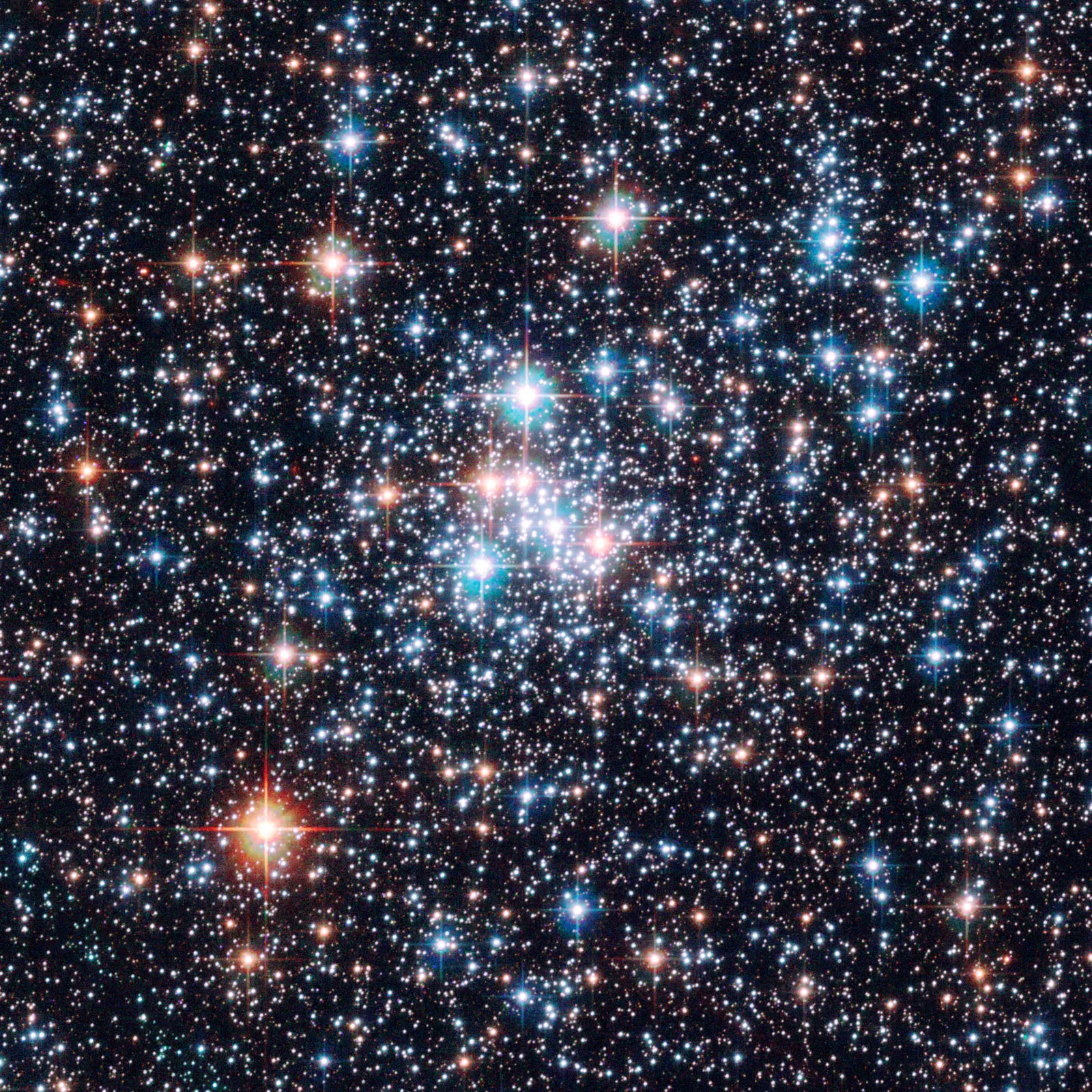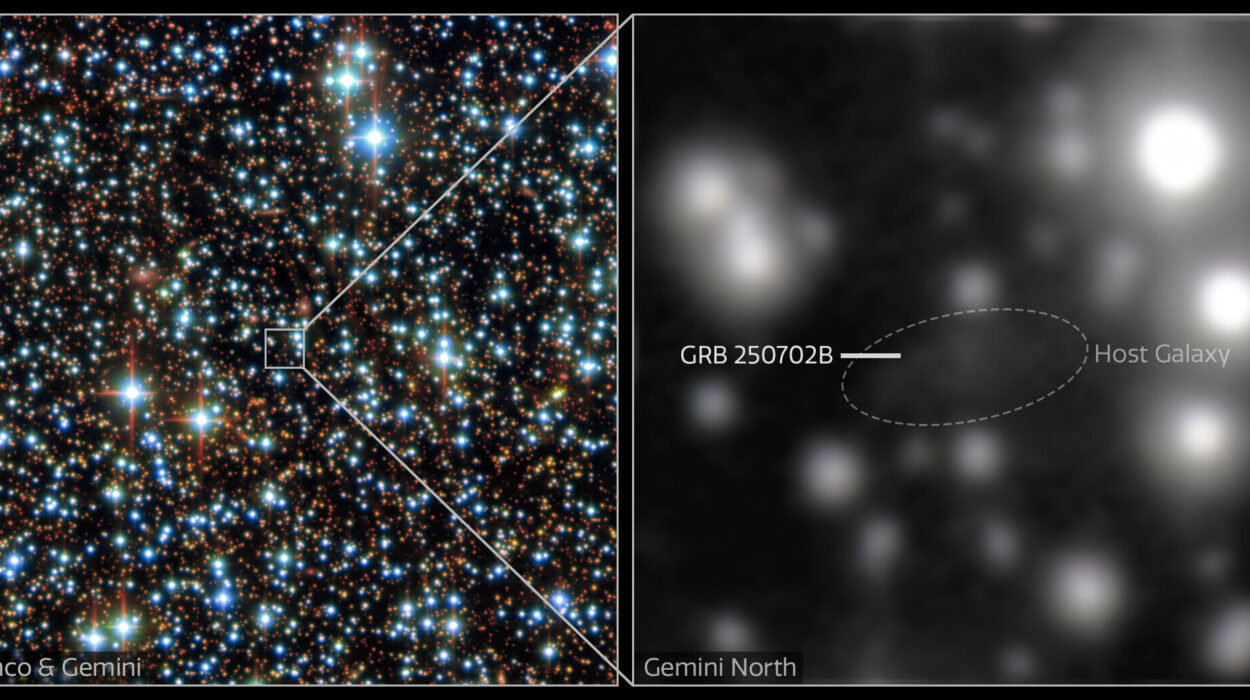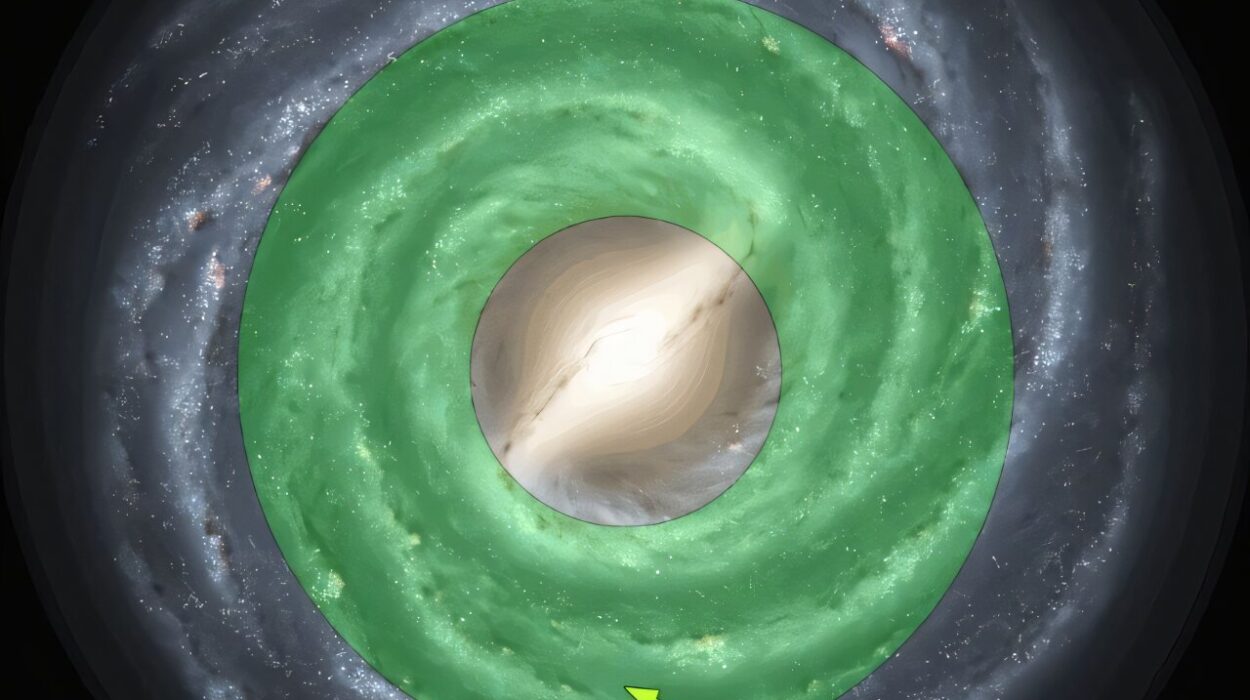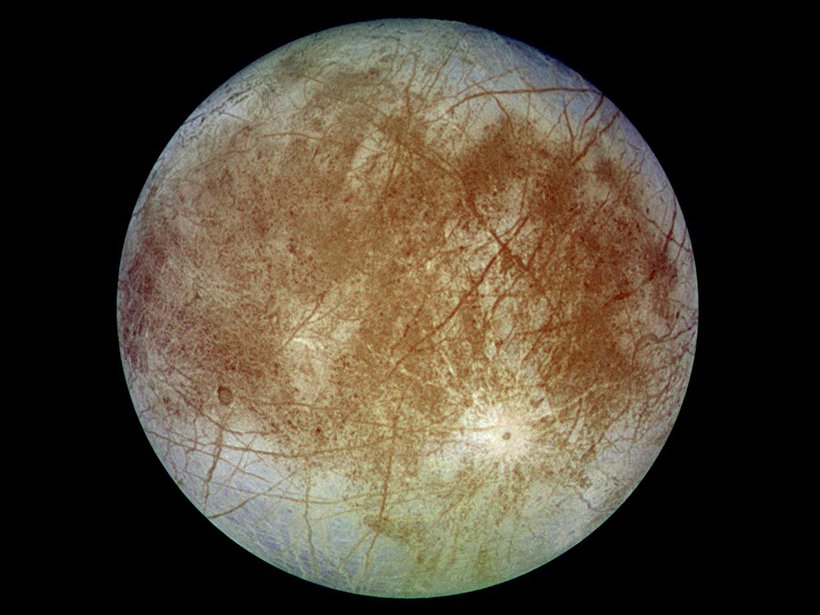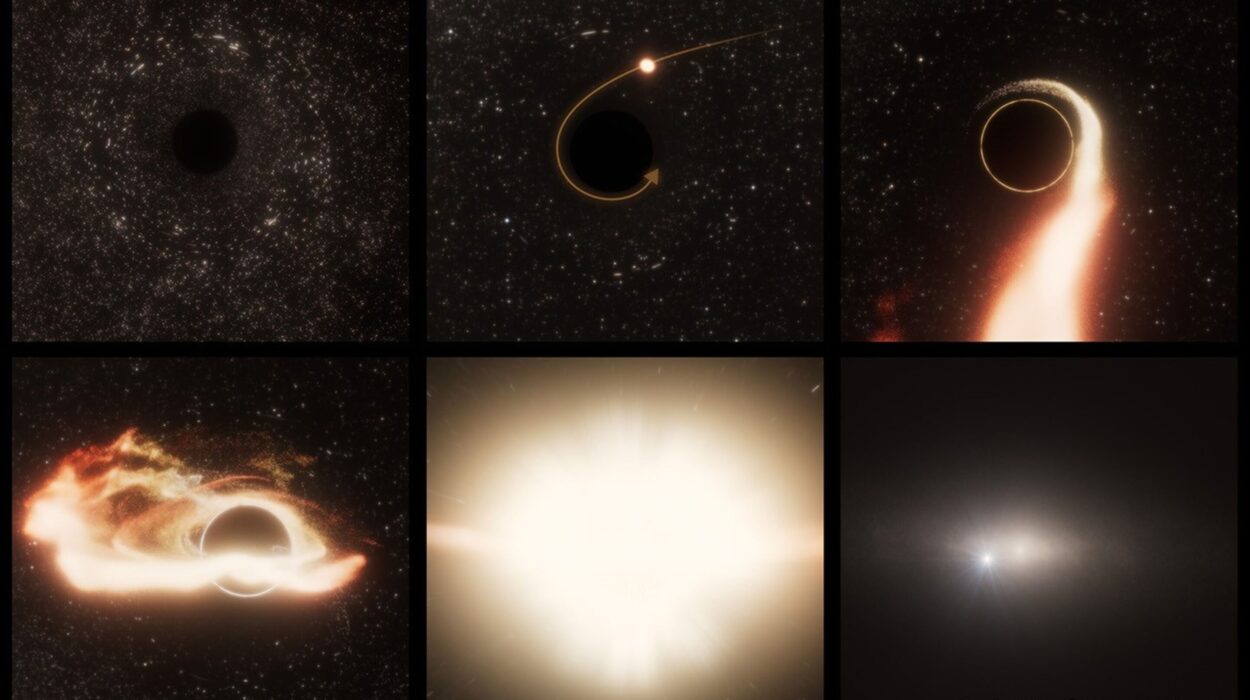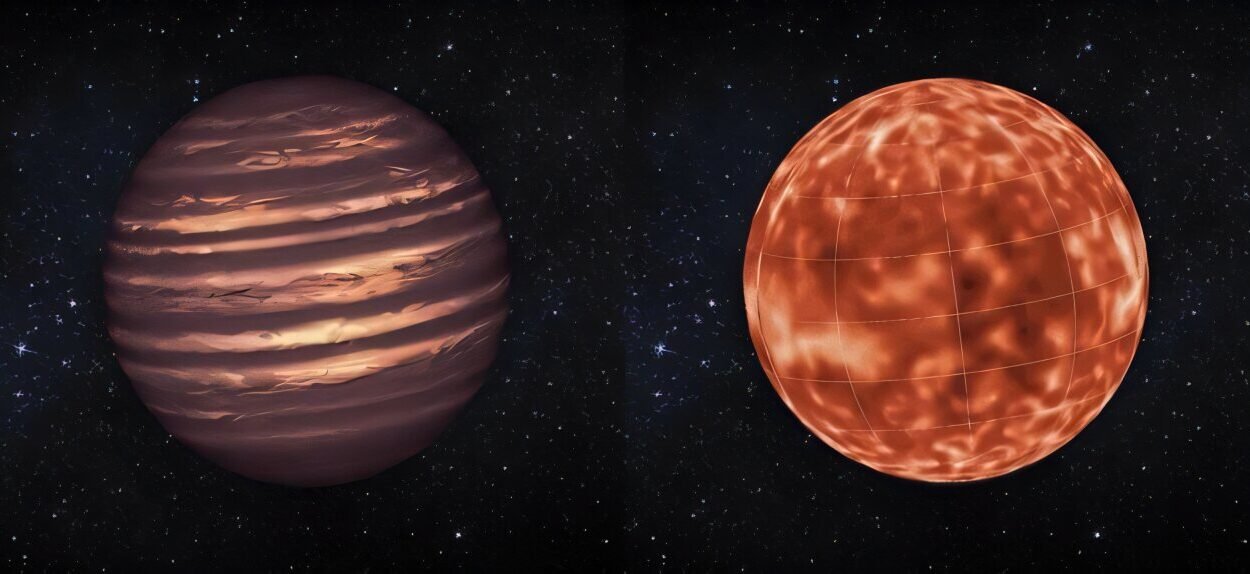For most of human history, the stars were untouchable mysteries. Night after night, they glittered overhead, tantalizingly out of reach. To ancient civilizations, stars were gods, campfires of departed souls, or holes poked in the heavens through which divine light shone. They had no concept of what stars really were. How could they? You can’t reach up and grab one. You can’t touch it, taste it, or bring a piece back to Earth for testing. So how, in this modern age, do we know what stars are made of?
The answer is a story that stretches across centuries, blending physics, chemistry, and a bit of detective work that cracked open one of the universe’s greatest mysteries. It involves rainbows, burning gases, and the faint fingerprints of light. And it’s a tale that reveals something even deeper: the interconnectedness of everything in the cosmos.
This is the story of how we figured out what stars are made of—and why it’s one of the most remarkable achievements in human history.
The Early Theories: Fireflies, Gods, and Burning Embers
Before we had telescopes and scientific instruments, people looked up and made guesses. To the ancient Greeks, stars were thought to be shining spheres attached to the crystal sphere of the heavens. Pythagoras believed they were made of some kind of fiery ether. Aristotle argued that the stars were incorruptible, eternal, and fundamentally different from anything on Earth.
Others thought stars were simply fires. After all, they twinkled and glowed. They looked hot. Could they be giant burning coals? Even as late as the 1600s, when Galileo Galilei pointed his telescope at the heavens, no one had a clue what stars were made of. They were distant, unreachable points of light.
And then, slowly but surely, humans began to figure it out.
Light: The Messenger From the Stars
When you look at a star, what do you see? Light.
It’s the only thing that makes it across the gulfs of space to your eyes. We can’t travel to stars (yet). We can’t scoop up a sample. But we can study their light, and light carries secrets—if you know how to listen.
Imagine light as a messenger. It’s been traveling for years, decades, even centuries to reach us. Inside that light are tiny clues about what a star is made of. Hidden in its colors are fingerprints of the elements. But first, scientists had to figure out how to read them.
Rainbows and the Birth of Spectroscopy
You’ve probably seen a rainbow—a beautiful arc of colors after a rainstorm. What you might not know is that this phenomenon is a key to understanding stars.
Back in the 17th century, Isaac Newton took a prism and passed a beam of sunlight through it. To his astonishment, the beam split into a rainbow of colors. He realized that white light wasn’t pure, but a combination of all these colors. This was a huge revelation. Light could be broken down into its parts.
This discovery opened the door to spectroscopy—the science of analyzing light by breaking it into its spectrum.
Over time, scientists learned that when you break light into its spectrum, you can see not just a continuous rainbow, but also something stranger. There are patterns. There are dark lines—places where certain colors are missing.
Why are they missing? And what do these lines mean?
The Mysterious Black Lines: Fraunhofer’s Discovery
In 1814, a German optician named Joseph von Fraunhofer was experimenting with glass and lenses. Using a telescope and a prism, he carefully analyzed sunlight. What he found were hundreds of dark lines crossing the otherwise smooth rainbow of light.
These became known as Fraunhofer lines, and they were the key to unlocking the chemical composition of stars. But Fraunhofer himself didn’t know that yet. He was more interested in using the lines as a way to improve the quality of optical glass.
Still, he had made a critical observation: something was removing specific colors of light from the spectrum. What could it be?
Fire and Light: Kirchhoff and Bunsen Crack the Code
The mystery of the missing colors puzzled scientists until the mid-1800s, when two German researchers—Gustav Kirchhoff and Robert Bunsen (yes, that Bunsen, of Bunsen burner fame)—made a breakthrough.
They were experimenting with chemical elements and flames. When they heated different substances, they noticed that each one gave off a unique set of colored lines in its spectrum. Sodium, for example, produced two bright yellow lines. Potassium gave off purples. Every element had its own signature—a spectral fingerprint.
And here’s where it all clicked: Kirchhoff realized that these same patterns showed up in the sun’s spectrum, but instead of bright lines, they appeared as dark lines. Light from the sun passed through gases in its atmosphere, and these gases absorbed specific wavelengths—creating the dark Fraunhofer lines.
This was it! By analyzing those dark lines, scientists could determine which elements were present in the sun. Kirchhoff and Bunsen had discovered spectroscopy, the tool that would allow us to read the chemical recipes of stars.
The Surprising Ingredients of Stars
Once spectroscopy was born, scientists rushed to analyze the light from stars. What they found was shocking.
Until then, most people assumed the stars were made of Earth-like stuff. Iron, rock, maybe coal. But spectroscopy told a different story. The sun, and by extension many stars, was made mostly of hydrogen, the simplest and lightest element in the universe. The second most abundant element? Helium—first detected in the sun’s spectrum before it was ever found on Earth!
The sun wasn’t a ball of burning coal—it was a vast nuclear furnace made primarily of hydrogen, fusing atoms together to release energy in the form of light and heat. Stars were not Earth-like at all. They were alien. Yet they were made of the very stuff that would later form planets, oceans, and even life itself.
How Spectroscopy Works: The Fingerprint of Atoms
Let’s slow down and understand how this works. Imagine an atom as a tiny solar system. Electrons orbit the nucleus, and each electron has certain energy levels it can occupy. If light of just the right energy hits an atom, an electron jumps to a higher energy level. It “absorbs” that specific color (or wavelength) of light.
Different elements have different arrangements of electrons, so they absorb and emit different colors of light. These colors form a spectral signature unique to each element.
When you pass starlight through a prism (or more precisely, a diffraction grating), you break it into a spectrum. Look closely, and you’ll see dark absorption lines where specific wavelengths are missing—because atoms in the star’s atmosphere absorbed them.
By matching those lines to known elements, scientists can “read” the chemical makeup of a star. It’s like decoding a secret message, written in starlight.
The Cosmic Rosetta Stone: Annie Jump Cannon and Stellar Classification
Once scientists knew they could analyze stars this way, they needed a system to classify them.
Enter Annie Jump Cannon, an astronomer at the Harvard College Observatory in the early 1900s. Working with thousands of stellar spectra, Cannon developed the system we still use today: O, B, A, F, G, K, M, classifying stars based on the patterns in their spectra.
Her system also helped reveal that stars differ in temperature, color, and size—but they all shared common ingredients. Most stars, regardless of their size or color, are primarily made of hydrogen and helium. Heavier elements, like carbon, oxygen, and iron, are present in smaller amounts.
Stars Are Element Factories
But stars don’t just contain elements—they make them.
Inside a star’s core, the intense pressure and temperature cause nuclear fusion. Hydrogen atoms smash together to form helium. In bigger stars, fusion continues to create heavier elements like carbon, oxygen, silicon, and iron. When the most massive stars explode as supernovae, they scatter these elements into space, seeding future stars and planets with the ingredients for life.
The iron in your blood, the calcium in your bones, the oxygen you breathe—all were forged in the hearts of stars. When we analyze starlight, we are looking at the same cosmic recipe that created us.
Modern Tools: Spectroscopy Today
Today, spectroscopy is more powerful than ever. Astronomers use space telescopes, like Hubble and James Webb, to analyze the spectra of distant stars, galaxies, and even exoplanets.
Different types of spectroscopy—optical, infrared, ultraviolet—allow us to peer through dust clouds, study star formation, and even detect atmospheres on distant worlds. We can measure a star’s temperature, motion, rotation speed, and chemical composition, all from the faint light that reaches Earth.
In fact, spectroscopy helped discover exoplanets—planets orbiting other stars—by detecting the slight wobble of a star as a planet orbits it, as well as analyzing starlight passing through a planet’s atmosphere.
The Stars Speak to Us in Light
What stars are made of is no longer a mystery. Hydrogen. Helium. And traces of heavier elements. We know this because we’ve learned to listen to their light. In doing so, we’ve uncovered a profound truth: the elements that make up stars are the same ones that make up you and me.
As Carl Sagan famously said, “We are made of star stuff.” It’s not poetry. It’s science.
Conclusion: Light as the Cosmic Messenger
So, how do we know what stars are made of? We’ve read their light. We’ve unlocked the secrets encoded in their rainbows. Through centuries of curiosity and cleverness, humanity has developed a way to understand the distant, untouchable fires of the night sky.
And in that understanding, we’ve found our connection to the universe. Stars are not distant strangers. They are kin. We are the children of stars.
Every time you look up at the night sky, remember: those points of light are telling a story. And thanks to the science of spectroscopy, we know how to listen.
